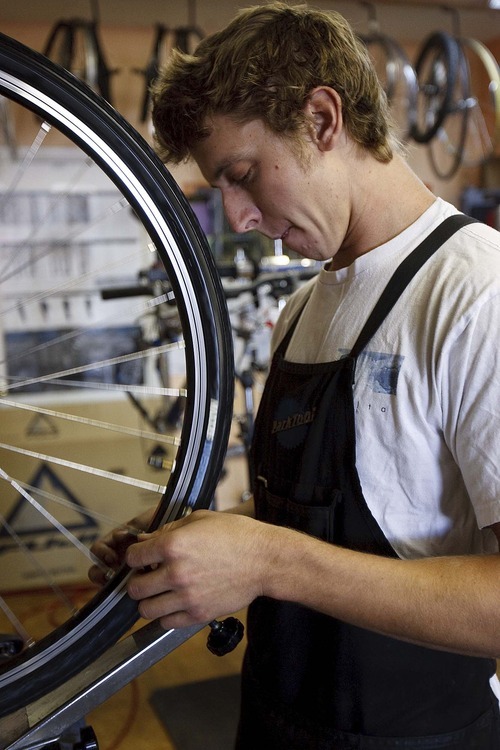This is an archived article that was published on sltrib.com in 2011, and information in the article may be outdated. It is provided only for personal research purposes and may not be reprinted.
The rate of Americans without health insurance held firm last year, propped up by stubbornly high unemployment.
From 2009 to 2010 there was no statistically significant change in the number of Americans without coverage, which rose from 49 million to 49.9 million, new census figures show.
That's 16.3 percent, or one out of every six U.S. citizens.
"As we all recover from the recent recession, these estimates are critically important for understanding the impact of our changing economy on the well-being of Americans," U.S. Census Bureau director Robert Groves said Tuesday, as the numbers were released.
The picture in Utah is no rosier, with 370,000 uninsured, based on a three-year average from 2008 to 2010. More detailed state numbers will be released next week.
The country's poor — counted as households with annual incomes below $25,000 — had the highest uninsured rate at 27 percent, compared to 8 percent for those earning above $75,000.
And the poor would have fared even worse were it not for government safety nets such as Medicaid and the Children's Health Insurance Program, which grew 41 percent last year, according to Census data.
But even upper- and middle-class families are feeling the pinch of soaring health care costs.
A recent study published in the September issue of Health Affairs found that from 1999 to 2009, an average American family of four saw its annual income increase from $76,000 to $99,000 – but nearly all those gains were erased by higher health spending.
Were it not for double-digit medical inflation, the typical median-income family of four with employer-based health insurance would have had $545 more in disposable monthly income in 2009 than in 1999, according to the analysis by David Auerbach and Arthur Kellermann of RAND.
But after factoring in health insurance premiums, out-of-pocket health spending and taxes for health care, the same family had only $95 more per month, the researchers say.
Noting the "perilous state of the U.S. economy," they conclude that "the fiscal burdens imposed on all payers by steadily rising health care costs can no longer be ignored."
In Utah, as elsewhere, the number of employers offering benefits has declined steadily, largely because the price for the average family has doubled from $6,438 in 2000 to $13,375 in 2009.
You need only go as far as the neighborhood bike shop to see the effects.
Business is brisk for Keith Hickey, a bike mechanic at Cottonwood Cyclery in Cottonwood Heights, because he says, "people are fixing their bikes instead of buying new ones."
But even with the extra income, health coverage would wipe out a third of the 26-year-old's monthly earnings.
He went without, wagering he was young and healthy.
But he blew his knee out in a ski competition last winter, requiring a helicopter flight down the mountain and three surgeries. Facing more than $120,00 in unpaid medical bills, the seasonal employee filed bankruptcy.
He worries about what it will do to his credit, and second guesses his decision to go without insurance, though he's not sure how he would have afforded coverage.
"I figured it wasn't something I needed. I was wrong," Hickey said.







